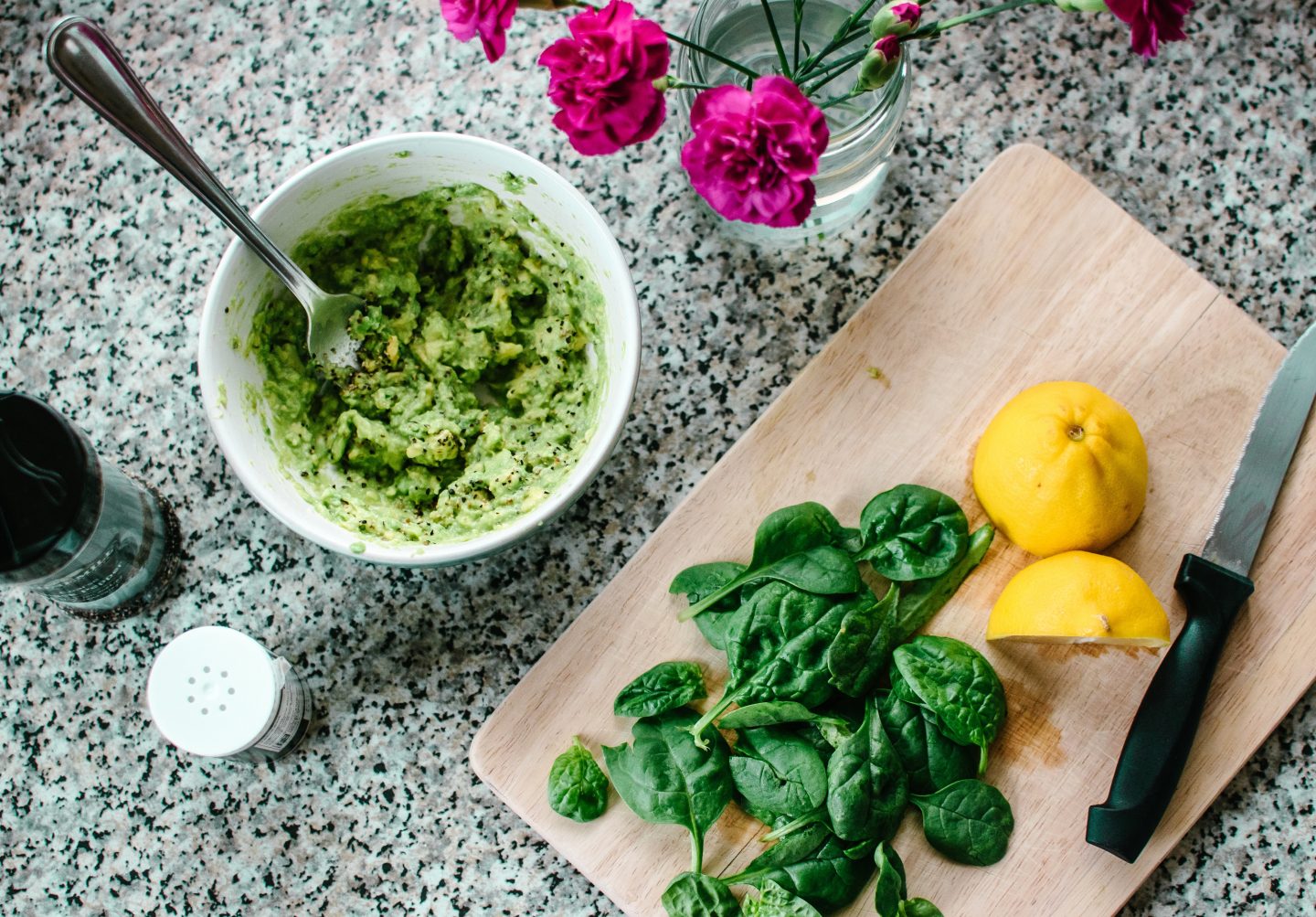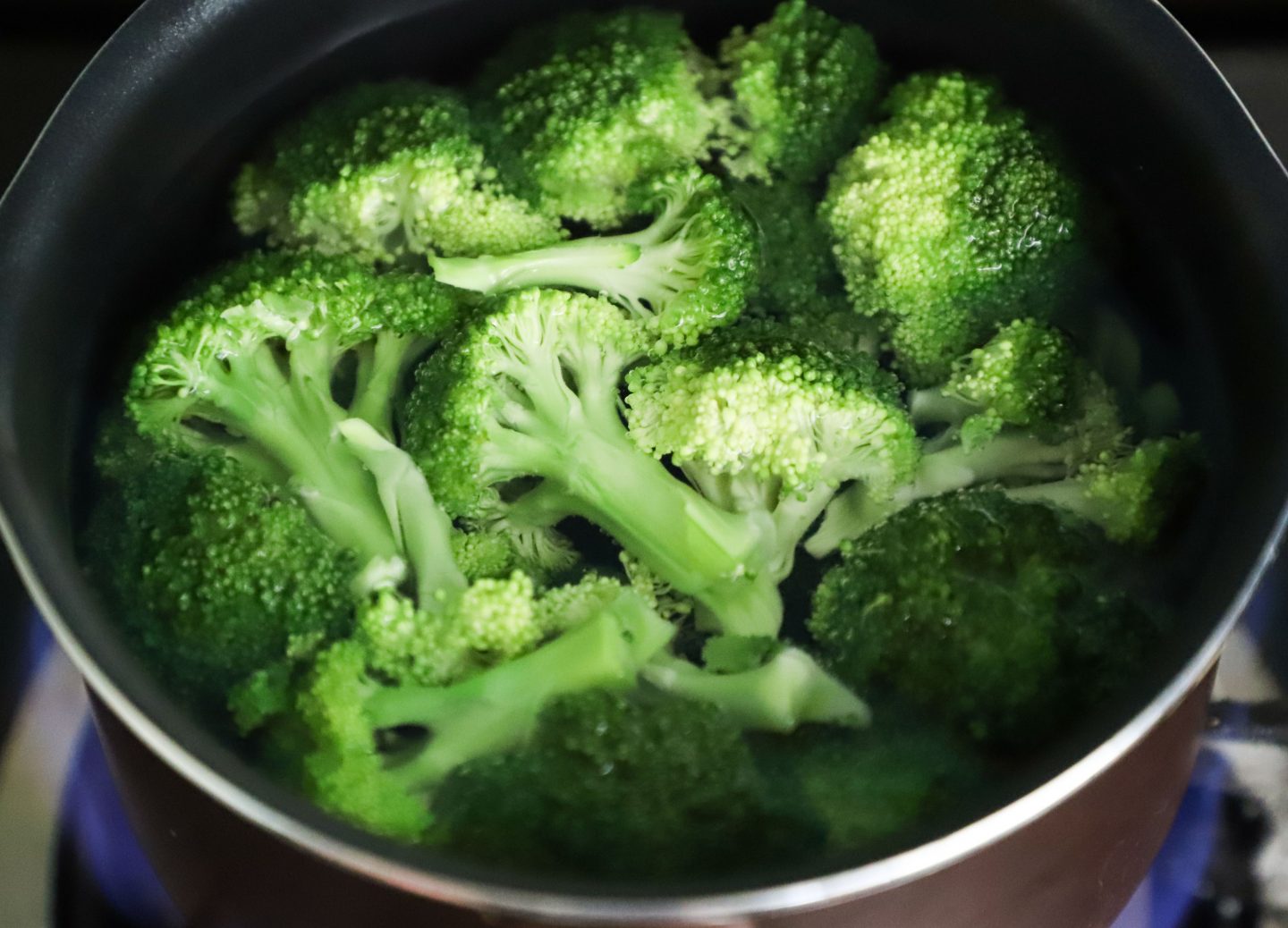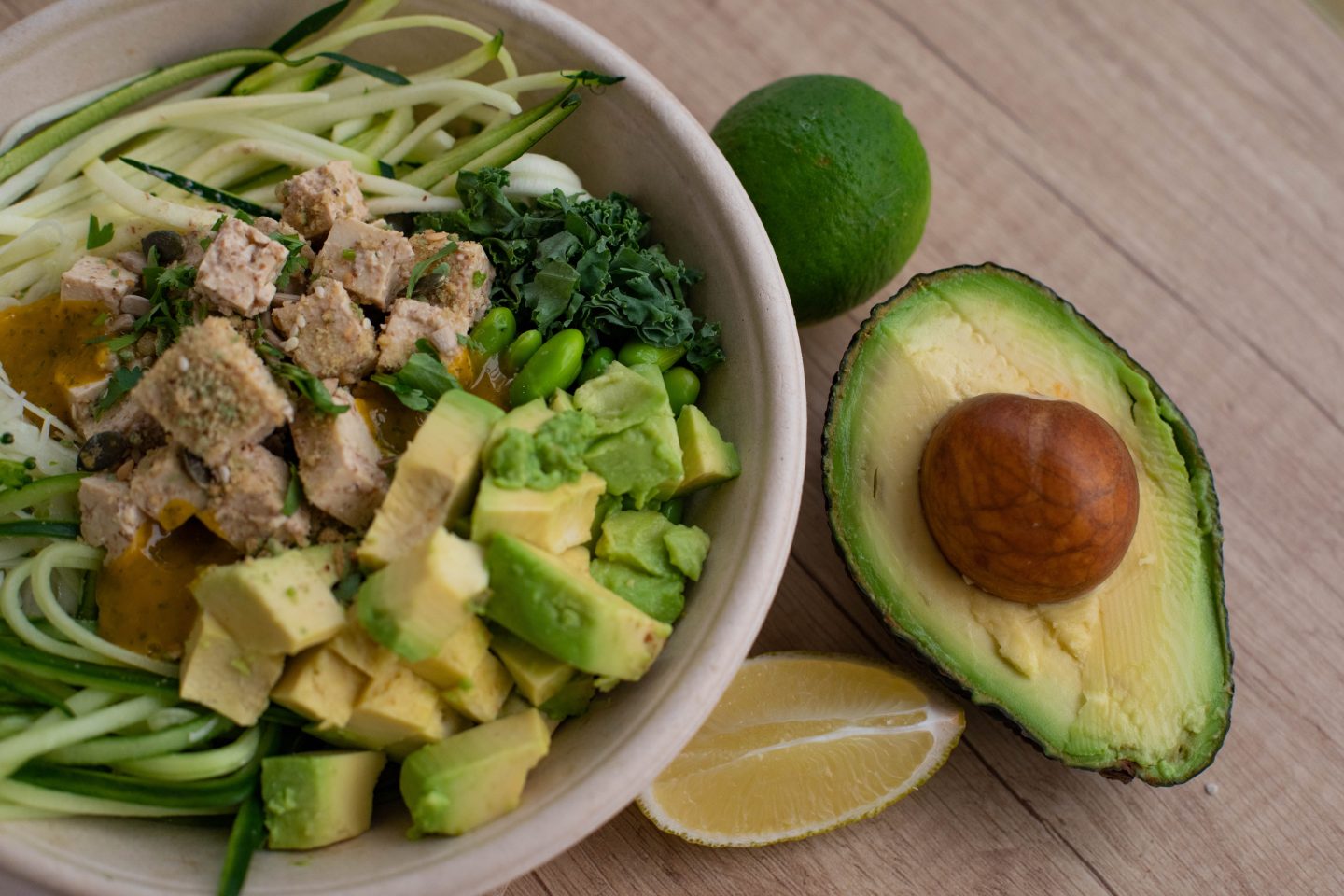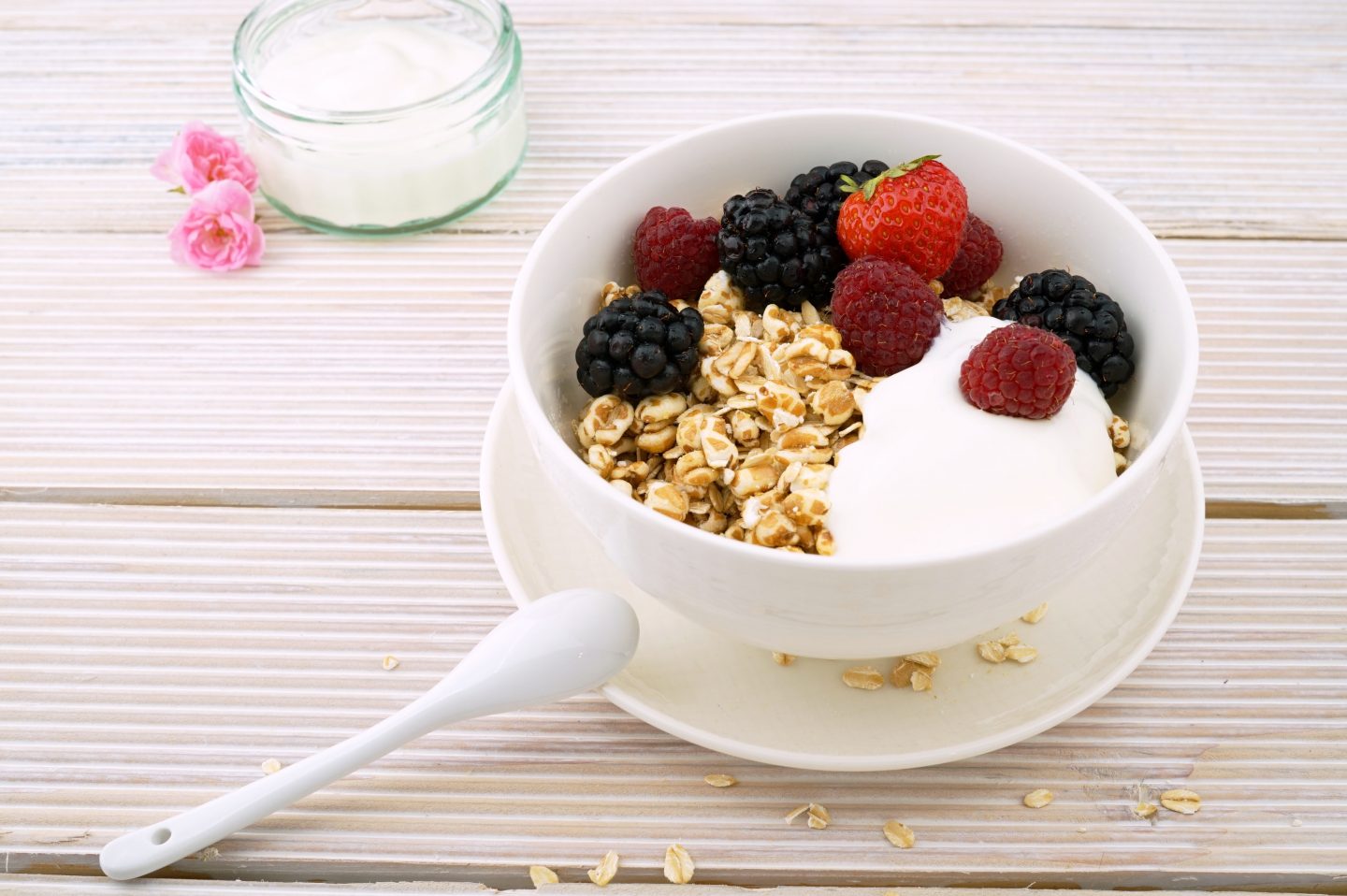
ADA’s Newest Healthy Cookbook
Are you ready to eat healthier now that 2019 is here?
Ring in the new year with the ADA’s newest cookbook full of power-packed superfoods recipes that heal and nourish.

If you’re like most people, you rang in the new year vowing to finally eat healthier. But to follow through, you’ll have to commit to choosing meals that pack lots of nutrition and lack the junk you don’t need. That’s why it’s a great idea to eat more superfoods in 2019. They can make a powerful impact on your goals for the new year. And even better, a superfoods approach to eating is one that’s sustainable for the long term.
The only problem? There’s a lot of misinformation out there about superfoods and their benefits. Luckily, the American Diabetes Association’s newest cookbook is here to set the record straight.
“You’ve probably heard about the almost ‘magical’ properties of certain foods,” says Cassandra Verdi, MPH, RD, coauthor of Diabetes Superfoods Cookbook and Meal Planner: Power-Packed Recipes and Meal Plans Designed to Help You Lose Weight and Manage Your Blood Glucose (American Diabetes Association, 2019, ISBN: 978-1-580-40679-6, $19.95). “With all the hype out there, it’s hard to cut through the clutter and know which foods actually do provide the most powerful health benefits.”
“Some foods really do pack more nutrition than some other foods,” adds coauthor Stephanie Dunbar, MPH, RD. “Once you’ve identified them, you can start working toward your health resolutions with confidence. And if you have diabetes, it’s crucial to eat more nutrient-dense foods because they can be a valuable tool for better managing diabetes.”
The authors—both registered dietitians—define a diabetes superfood as a food rich in nutrients that benefit diabetes management or nutrients that are typically lacking in the American diet. The Diabetes Superfoods Cookbook and Meal Planner offers reliable information about the superfoods people with and without diabetes crave. You’ll find over 110 flavor-packed recipes that are simple to prepare and contain one or more diabetes superfoods to maximize the nutrient density in your diet. Further, the cookbook contains over 40 days of meal plans developed to incorporate diabetes superfoods and meet the ADA’s nutrition guidelines.

Keep reading to learn the diabetes superfoods to include in 2019 and beyond.
Berries. “Strawberries, blackberries, raspberries, blueberries, and cranberries are packed with antioxidants, which are cancer-fighting molecules,” says Verdi. “Berries are also a great source of fiber. We like them fresh, but they can be enjoyed frozen (great in smoothies) or in dried form as a tasty snack.”
Citrus Fruits. Oranges, clementines, grapefruit, lemons, and limes are great providers of vitamin C and soluble fiber. The authors recommend packing oranges or clementines as a snack since they travel well. Or add a dash of fresh lime in your water for a bit of flavor. Citrus juices can also be used in all kinds of recipes to add the perfect pop of flavor.
Cruciferous Veggies. Cruciferous veggies like cauliflower, broccoli, Brussels sprouts, cabbage, and bok choy are rich in fiber and a plethora of phytochemicals, vitamins, and minerals. Incorporate them into a plate of crudités at your next gathering. Or lightly sauté, roast, or steam them as a side at dinner.
Dark Leafy Greens. Spinach, collards, kale, romaine lettuce, mustard greens, watercress, and Swiss chard are nutrient powerhouses that provide vitamin C, fiber, folic acid, potassium, magnesium, and iron. They are also very low in carbohydrates so feel free to eat more! Pair them with other superfoods to create delicious salads, sandwiches, pasta dishes, omelets, or soups.
Fish High in Omega-3 Fatty Acids. The American Diabetes Association recommends that most people eat fish at least two to three times per week. Some fish are packed with nutrients called omega-3 fatty acids, which play a role in heart and brain health. These include salmon, trout, sardines, anchovies, herring, Pacific oysters, and Atlantic and Pacific mackerel. In addition to healthy fats, fish also provide vitamin D and calcium.
Healthy Fats. Diabetes nutrition guidelines have shifted away from promoting a low-fat diet in recent years. Newer research shows that when planning meals for diabetes, it’s more important to look at the type of fat you’re eating rather than the total amount of fat. Healthy fats may help with blood glucose management and lower the risk of heart disease. Sources include most plant-based oils (olive, canola, corn, etc.), avocados, olives, nuts, nut butters, and seeds.
“Use olive oil when sautéing or roasting veggies or to make homemade dressing,” says Dunbar. “Snack on some avocado over toast or dice it up and enjoy it atop a salad or bowl of chili. Nuts, nut butters, and seeds are great for snacking, adding to salads, or spreading on sandwiches.”
Herbs and Spices. While there is still a body of evidence building about the benefits of various herbs and spices, many of these plant-based ingredients have been associated with health benefits. Not to mention, they don’t add any extra calories, carbs, or sodium to your dishes. So these are one of the best ways to flavor your food!
Lean Protein. Lean fish, shellfish, eggs (especially the egg whites), and poultry without the skin fall into this category. These foods are high in protein and contain little fat and no carbohydrate. Protein has less of an effect on blood glucose levels, so unless you follow a vegetarian eating pattern, it’s a great idea to incorporate these foods into your meals in portions that fit your meal plan.
Legumes—Beans, Peas, and Lentils. These budget-friendly, plant-based proteins are also an excellent choice at mealtime! Legumes also include bean-based foods like hummus, edamame, and soy products. For 1/2 cup of beans, you get about 15–20 grams of carbohydrate, but you also meet approximately 1/3 of your daily fiber needs. They also provide magnesium, folate, potassium, and iron.
“I never get tired of experimenting with the many types of legumes!” says Verdi. “They make the perfect addition to soups, salads, grain bowls, pasta dishes, wraps, or pretty much anything else.”
Low-Fat Milk and Yogurt. Milk and yogurt provide important nutrients such as calcium and protein and are usually fortified with vitamin D. When it comes to milk, opt for nonfat milk whenever possible. And for yogurt, always compare nutrition information on labels in the yogurt aisle to determine the best pick. Be sure to check on those total carbohydrates!
“We’re big fans of the very versatile nonfat, plain Greek yogurt,” says Dunbar. “It’s a protein-packed, lower-carbohydrate option that’s great in savory or sweet dishes.”
Sweet Potatoes. Sweet potatoes are packed with vitamin A, vitamin C, and potassium. They also have a lower glycemic index than regular potatoes, so they won’t affect your blood glucose as much. They are a starchy vegetable, so it’s important to eat them in small portions—1/2 cup cooked has about 15 grams of carbohydrate.

Tomatoes. These nonstarchy vegetables are packed with nutrients including vitamins A, C, and E, as well as potassium. They also are high in lycopene, an antioxidant that has been linked to many health benefits.

Whole Grains. Whole grains include oats, whole wheat, barley, brown rice, quinoa, farro, and even popcorn. Try to make most of the grains you eat whole grains! It’s a simple swap from white rice to brown rice or from white bread to a nuttier, more flavorful whole wheat. Whole grains provide dietary fiber and have been linked to heart health, which is important for people with diabetes because of their increased risk of heart disease. Whole grains also offer a host of vitamins and minerals.

The best news is, superfoods aren’t just good for you; they taste great too! And with the Diabetes Superfoods Cookbook and Meal Planner, you’ll have plenty of quick, creative, and healthy new recipes to enjoy in 2019.
“It’s never too late to start making healthier choices,” concludes Verdi. “And because the new year is all about turning over a new leaf, it’s the perfect time to add more superfoods to your meals and start enjoying better health.”
Garbanzo Bean and Arugula Salad
Excerpted from Diabetes Superfoods Cookbook and Meal Planner: Power-Packed Recipes
and Meal Plans Designed to Help You Lose Weight and Manage Your Blood Glucose
(American Diabetes Association, 2019, ISBN: 978-1-580-40679-6, $19.95)

This recipe is a simple and delicious combination of peppery arugula and sweet sundried tomatoes.
Prep Time: 15 minutes
Cook Time: N/A
Serves: 4
Serving Size: 3/4 cup
1 (15.5-oz) can garbanzo beans (chickpeas), drained and rinsed
1/4 cup sundried tomatoes packed in olive oil and Italian herbs, drained
1 small clove garlic, crushed
2 cups fresh arugula (1/3 of 7-oz bag)
1. Combine garbanzo beans, drained tomatoes, and garlic in a salad bowl.
2. Mix in arugula. Let sit for 10 minutes to slightly wilt arugula before serving.
Choices/Exchanges
1 Starch, 1 Nonstarchy Vegetable, 1/2 Fat
Basic Nutritional Values
Calories 150
Calories from Fat 40
Total Fat 4.5 g
Saturated Fat 0.4 g
Trans Fat 0.0 g
Cholesterol 0 mg
Sodium 120 mg
Potassium 400 mg
Total Carbohydrate 22 g
Dietary Fiber 6 g
Sugars 5 g
Protein 7 g
Phosphorus 130 mg


















